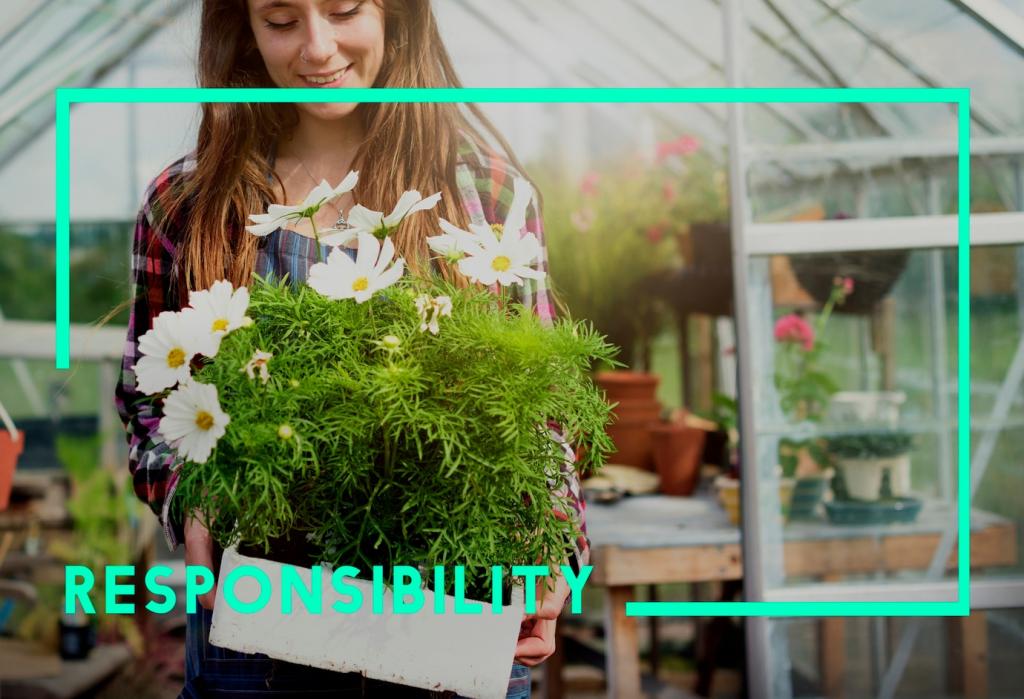
Eco-Friendly Garden Design Ideas
Eco-friendly garden design is all about creating beautiful outdoor spaces that work in harmony with nature. By incorporating sustainable practices and thoughtfully choosing plants and materials, you can reduce your garden’s impact on the environment while enjoying a lush, thriving landscape. Discover how innovative approaches and responsible gardening can help conserve resources, support biodiversity, and create a resilient outdoor sanctuary that benefits both you and the planet.
Previous
Next
Previous
Next
Water Conservation Strategies
Modern irrigation systems like drip lines and soaker hoses target water precisely where it’s needed, reducing waste from runoff or evaporation. Timing your watering to early morning or late evening ensures that plants absorb maximum moisture, rather than losing it to the sun. Integrating sensors or timers can further optimize water use and prevent overwatering, which can harm both plants and the environment.
Upcycling and Sustainable Materials
Repurposing Garden Structures
Old wood, bricks, and stones can be ingeniously repurposed to create garden beds, retaining walls, or pathways. Not only does this reduce landfill waste, but it also infuses your garden design with unique textures and stories. Salvaged materials often weather beautifully and can provide a sense of continuity with the environment, making your space feel both natural and timeless.
Eco-Friendly Hardscaping Choices
When choosing hardscaping materials, consider sustainably sourced timber, recycled composites, or locally produced stones. These options have a smaller carbon footprint compared to concrete or exotic stone imports. Porous paving systems and permeable paths help water infiltrate the soil, decreasing runoff and supporting healthy root systems for nearby plants.
Creative Use of Everyday Objects
Upcycling everyday household items—like using old pallets for vertical gardens or turning wine bottles into garden edging—reduces the need for new purchases and brings innovation to your design. These inventive solutions not only make a positive environmental impact but also personalize your garden, making it truly one-of-a-kind while showcasing your commitment to sustainability.
Soil Health and Composting
Building Living Soil
Enriching soil with organic amendments like compost, worm castings, or leaf mold fosters a vibrant community of microbes, fungi, and beneficial insects. This living soil structure boosts nutrient cycling, enhances moisture retention, and prevents disease. Avoiding synthetic fertilizers and pesticides encourages a self-sustaining ecosystem right underfoot, leading to stronger, more resilient plants.
Home Composting Solutions
Establishing a composting system in your garden allows you to convert kitchen scraps and yard waste into rich, crumbly humus. Whether you choose a traditional pile, a rotating tumbler, or a worm bin, the result is the same: a reduction in landfill waste and a natural, free fertilizer for your plants. Well-made compost elevates soil quality, suppresses plant diseases, and keeps your garden lush and productive year-round.
Mulching for Moisture and Weed Control
Applying a layer of organic mulch—such as wood chips, straw, or shredded leaves—on soil surfaces locks in moisture, moderates temperature, and inhibits weed growth. As the mulch breaks down, it further nourishes the soil, fostering healthier root systems. By minimizing evaporation and supporting beneficial organisms, mulching becomes a cornerstone of eco-friendly garden care.

Wildlife-Friendly Features
Planting nectar-rich flowers, berry-producing shrubs, and trees with nesting potential draws birds, bees, and butterflies to your garden. These visitors play essential roles in pollination and pest control, naturally supporting your plants’ reproductive cycles. Including a variety of bloom times ensures that food is available from early spring through late fall, sustaining wildlife throughout the seasons.
Reducing Chemical Use
Encouraging beneficial insects, such as ladybugs, lacewings, and predatory beetles, keeps pest populations in check naturally. Companion planting, crop rotation, and interplanting flowers with vegetables can confuse or deter common garden pests. When intervention is necessary, organic solutions like neem oil or insecticidal soap are gentle on the environment while effective against infestations.
Climate-Responsive Garden Design
Strategic placement of trees and tall shrubs creates microclimates that shelter sensitive plants from harsh sun or wind exposure. Shaded areas require less watering and make your outdoor spaces more comfortable. Deciduous trees can cool your home in summer and allow sunlight through in winter, reducing energy use for heating and cooling.

